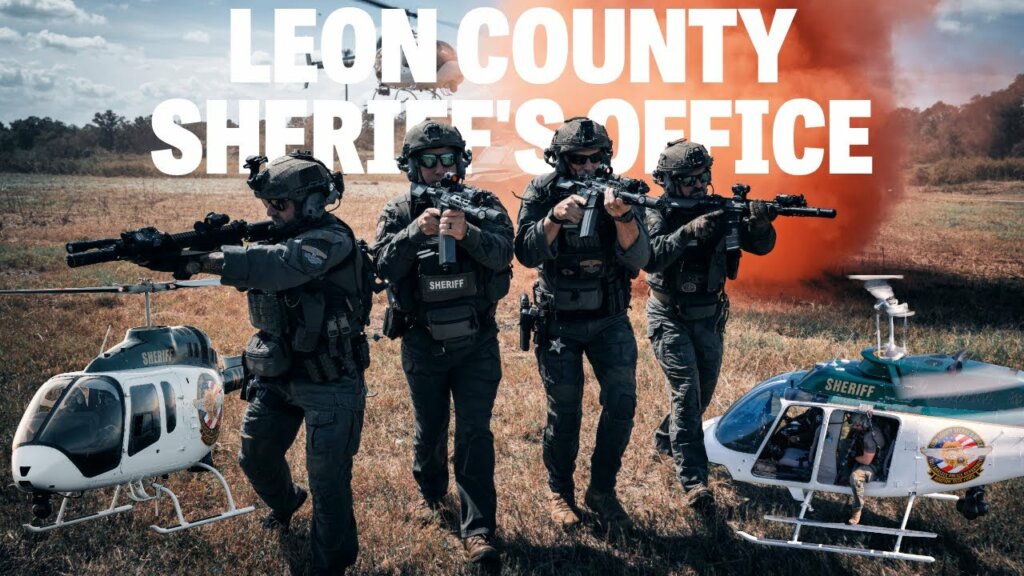Kitty Hawk, the eVTOL company founded by Sebastian Thrun and Google co-founder Larry Page, released an in-depth video describing the performance characteristics of its single-seat Heaviside aircraft.

According to the company, which says it has flown the aircraft transitioning from hover to forward flight and back over 230 times, Heaviside has demonstrated in flight up to 100 miles (160 kilometers) of useful range and speeds up to 180 mph (290 km/h), generating one-hundredth the noise of a traditional helicopter — all using battery technology available today.
“Heaviside not only delivered on the performance that we thought we would see in design, but we did quite a bit better,” Damon Vander Lind, Heaviside team lead, said in a video the company released Oct. 14. “We expected about a 75 or 80 mile useful range out of this vehicle . . . when we got out to the test field and we were able to show how low our energy use was, and demonstrate 100-mile flights while holding significant reserves — we were blown away. We didn’t think that was going to be possible.”
In forward flight, Heaviside achieves a maximum lift-to-drag (L/D) ratio in the “mid-teens,” according to Vander Lind, and is almost two times as efficient for its size as comparable light aircraft — resulting in less than half the energy used per mile of travel than a Tesla Model S, assuming a vertical takeoff and landing and travel at more than twice highway speed limits, according to Kitty Hawk.

This tracks with an analysis of VTOL motion efficiency conducted as part of Uber’s 2016 Elevate white paper, in which the authors calculated an eVTOL aircraft could equal the efficiency of a car traveling at 65 mph (105 km/h) while flying at 125 mph (200 km/h). Kitty Hawk did not disclose how far it must fly to offset the energy required to take off and land vertically, but Uber estimated that to equal about 25 miles (40 km) of cruise flight.
That efficiency, which Vander Lind said is the result of simple and elegant aircraft design rather than “endless optimization of complex models,” may deliver on the affordable economics of VTOL flight that Uber and others have claimed is possible. Uber has estimated its performance target for Elevate aircraft at roughly 150 mph cruise speed and a L/D ratio of 15.
There are still many unknowns in the equation, however, including aircraft production cost and battery pack cycle life — and flying one passenger at a time versus up to four, as Uber and many eVTOL developers are aiming to do. Kitty Hawk did not immediately respond to an inquiry from eVTOL.com concerning their plans for commercialization.
Heaviside’s development campaign was not without challenges, too; an unmanned prototype crashed on a privately-owned ranch in Tres Pinos, California, on Oct. 17 due to a software timing error, according to a National Transportation Safety Board review of the incident.
And Kitty Hawk will have to achieve type certification for Heaviside or a follow-on prototype first. Michael Huerta, a former administrator of the Federal Aviation Administration turned senior advisor to Kitty Hawk, cites the rewritten airworthiness standards for small airplanes under 14 Code of Federal Regulations Part 23 as enabling eVTOL designs like Heaviside to pursue type certification.
According to Vander Lind, Heaviside is capable of landing safely after multiple power unit failures and is also equipped with a custom ballistic parachute system that can operate through the “vast majority of the envelope of the aircraft.”
Vander Lind also cited Heaviside’s flight computer as instrumental in achieving safe, level flight, responding “even better than a human pilot could to failures,” reducing pilot workload and improving safety outcomes.
Founded in 2010 by a multi-billionaire with no expectation of quick return on investment, Kitty Hawk’s path to demonstrate the viability of an eVTOL aircraft — much like Joby and Volocopter, two leading competitors both founded around the same time — should not be understated. Furthermore, the costs and challenges ahead of certification and mass production are likely greater than the 10-year journey behind the company.
And for the many companies pursuing multi-passenger eVTOLs much heavier than Heaviside, each step will be even more difficult.
“Over the years at Kitty Hawk, we’ve built over 20 different eVTOL prototypes and over 120 individual aircraft that we have flown to test this new concept,” said co-founder Sebastian Thrun. “For us, 2019 will be remembered as the year where the research and development finally came to fruition, demonstrating repetitive flights effectively, efficiently, and safely. . . .
“For us, Heaviside in 2019 was the year that eVTOL became real.”









Interesting article! One hundred miles per charge! But how much range with a pilot inside, say 170 pounds?